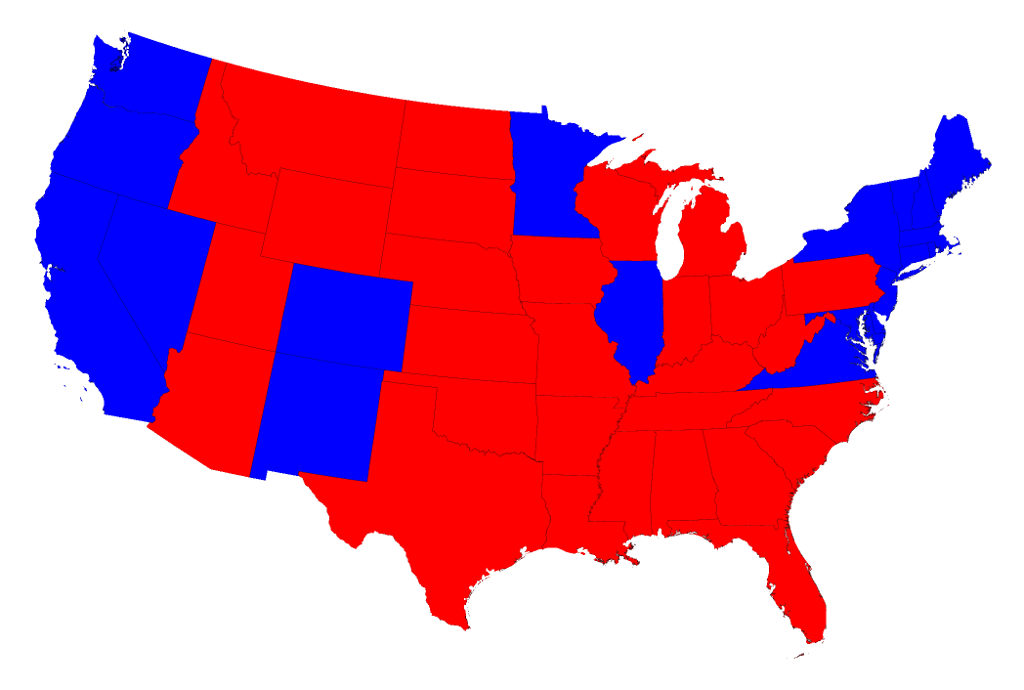By Sarah Smith/ProPublica
President-elect Trump agreed Friday to pay $25 million to settle lawsuits from students who say they were defrauded by Trump University. Here is the best reporting on Trump University, at least as of June, when ProPublica originally produced this compilation.
Trump University promised to help students get rich. Enrollees would study the wisdom of The Donald and get mentoring from other terrific businesspeople.
But a class-action suit by former students and a suit brought by the New York attorney general allege that the unaccredited “school” mainly helped students part with the money in their wallets. (Trump has called the suits a “scam” and “thug politics.”)
Trump Spins in Foreclosure Game
The Los Angeles Times, December 2007
As subprime mortgages were skyrocketing in 2007, columnist David Lazarus noticed a Trump University ad promising to teach students how to make “millions in foreclosures.” So Lazarus went to class. The instructor had never bought a house in California, had been through bankruptcy, and had gone through foreclosure with his own home.
After the column ran, Trump told Lazarus it was “inaccurate and libelous.”
When Lazarus asked what the problem was, Trump said, “You’ll find out in court.” Trump never sued. But he did submit a letter to the editor, which he demanded that the paper run in extra-large print.
Posted on November 21, 2016



